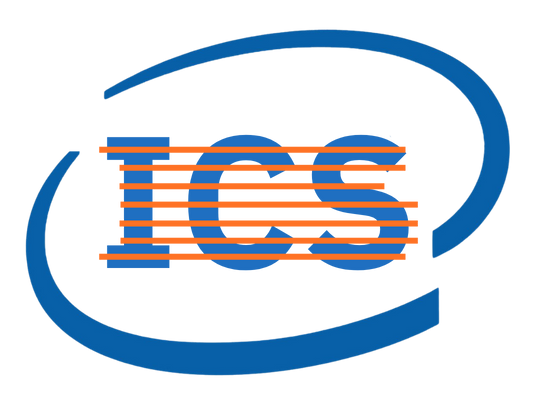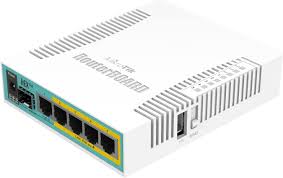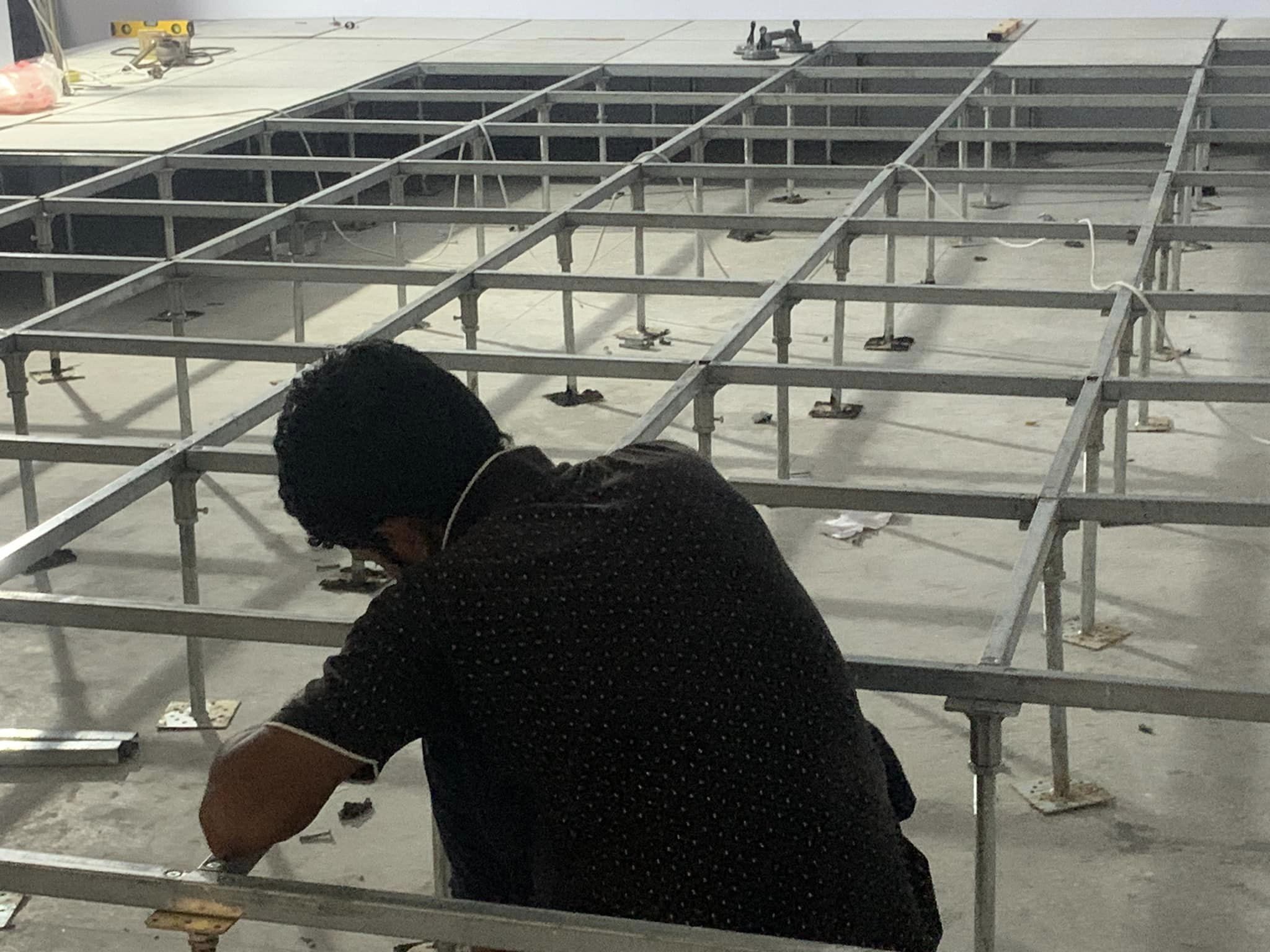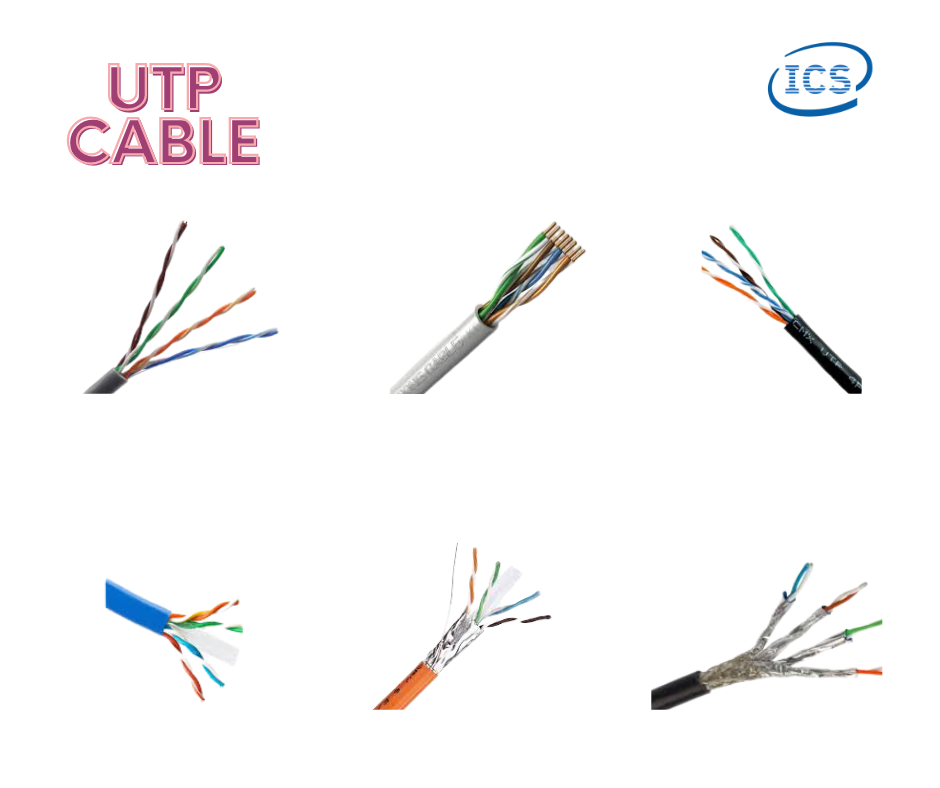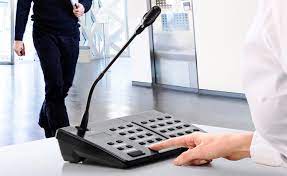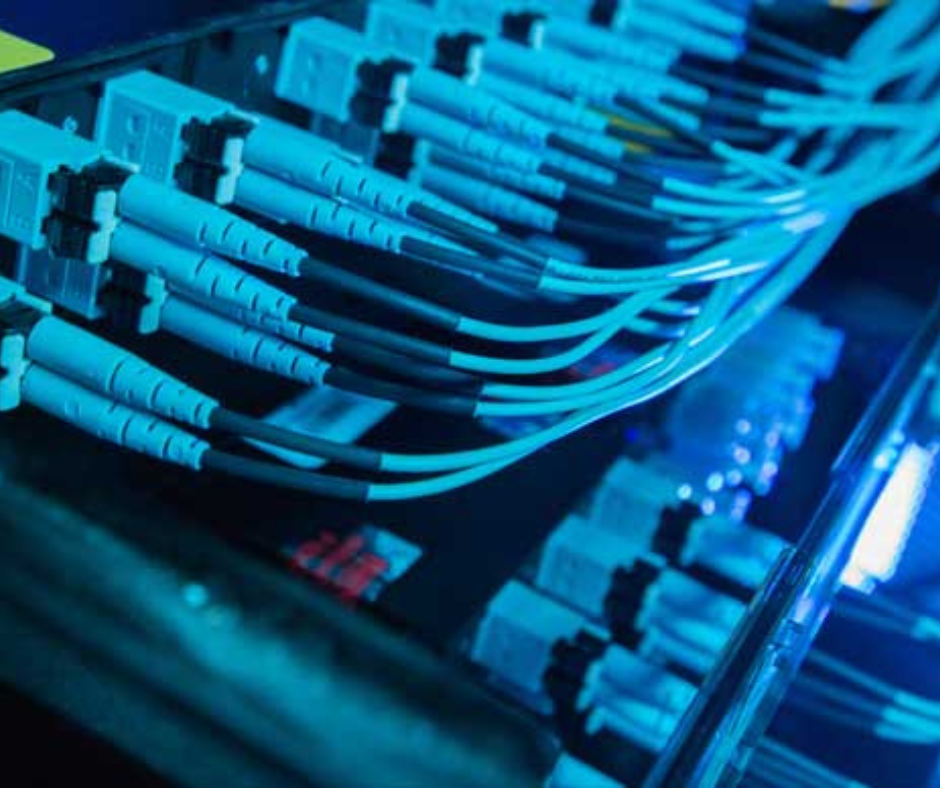
By Matinur Rahman On 18-12-2023 at 11:49 am
PHYSICAL INFRASTRUCTURE MANAGEMENT SYSTEM
Infracom Solution covers the entire range of Structured Cabling (Physical Infrastructure Management) Systems.
‣ Copper Based Systems
‣ Fiber Based Systems
‣ Cabinets, Racks and Cable Management.
‣ Labeling and Identification.
‣ Cable Ties and Accessories.
‣ Enclosures.
‣ Intelligent Systems.
‣ Outlets and Faceplates.
‣ Power and Environmental Enclosures.
‣ Routing and Pathways.
‣ Safety and Security.
‣ Abrasion Protection and Heat Shrink.
‣ Supports and Fasteners.
‣ Terminals, Power Connectors, and Grounding.
‣ Tools
‣ Wiring Ducts.
"Physical Infrastructure Management System" (PIMS) is a broad term that can encompass a variety of tools and techniques for managing the physical assets that support an organization's operations and Infracom Solution is here to assist you. These assets can include:
· Buildings and facilities: Data centers, factories, offices, warehouses, etc.
· Utilities: Power, water, heating/cooling systems, etc.
· Equipment: Servers, routers, generators, production machinery, etc.
· Furniture and fixtures: Desks, chairs, shelves, etc.
· IT infrastructure: Cables, racks, patch panels, etc.
· There are many different types of PIMS, each with its own focus and capabilities. Some common types include:
· Data Center Infrastructure Management (DCIM): These systems focus on managing the physical assets in a data center, such as servers, a> They typically provide features for tracking the location and status of assets, and power distribution units. racks, and optimizing resource utilization.
· Building Management Systems (BMS): These systems control and monitor the building's mechanical and electrical systems, such as HVAC, lighting, and security. They can help to improve energy efficiency and comfort while reducing maintenance costs.
· Facility Management Systems (FMS): These systems provide a centralized platform for managing all of the physical assets and systems in a facility, including buildings, grounds, and equipment. They can help to improve operational efficiency, workflow, and compliance with regulations.
The specific PIMS that is right for an organization will depend on its size, industry, and specific needs.
Here are some of the benefits of using a PIMS:
· Improved efficiency and productivity: By automating tasks and providing real-time data, PIMS can help to improve the efficiency of operations and maintenance.
· Reduced costs: PIMS can help to save money by optimizing resource utilization, identifying and preventing equipment failures, and reducing downtime.
· Improved safety and compliance: PIMS can help to improve safety by monitoring environmental conditions and ensuring compliance with regulations.
· Better decision-making: PIMS can provide valuable data and insights that can help to make better decisions about the management of physical assets.
If you are interested in getting more about PIMS, Infracom Solution would be happy to provide you with some additional information or resources. Just let me know what you are specifically interested in or visit www.infracomsolution.com
Michael is a lover, fighter and hater. He loves to travel, has an app called ‘The Travaluk’. He has travelled over 30 countries so far and dreams to visit every one of them.
Related posts
23-12-2023
Raised Floor Systems : Bangladesh Market23-12-2023
Popular UTP Cables in the Bangladesh Market